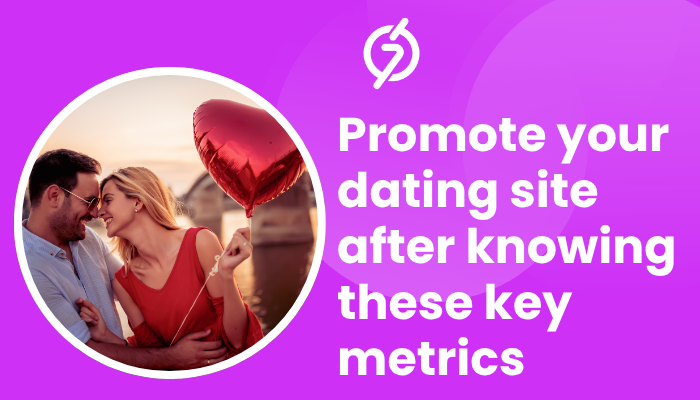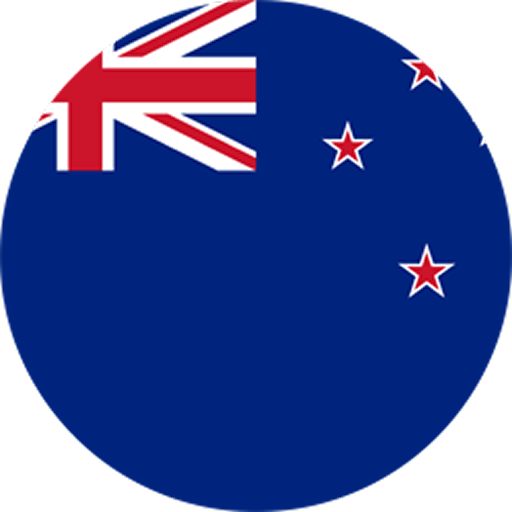If you’ve been running Dating Promotion campaigns but not seeing the returns you expected, you’re not alone. The online dating industry is one of the fastest-growing yet most misunderstood ad verticals. According to Statista, global dating app revenue crossed $5.7 billion in 2024, and competition for user attention has become fiercer than ever. Yet, many advertisers still pour thousands into dating ad campaigns without tracking the very metrics that decide their success.
This isn’t just about impressions and clicks anymore—it’s about understanding what drives engagement, conversion, and retention in a niche where emotional connection meets hard data.
Why advertisers fail before they even start promoting
Most advertisers entering the dating vertical believe that a higher ad budget guarantees visibility. But visibility doesn’t mean conversions. A large number of dating advertising budgets are wasted because brands focus on volume instead of value metrics.
Imagine you’re promoting a new dating site. You invest in banners, push ads, native placements, even influencer shoutouts—but you don’t know:
- Which creatives generate the most sign-ups?
- What’s your cost per registration (CPR)?
- Are users completing profiles or leaving halfway?
- Which geographies offer the best ROI?
Without this clarity, dating site promotion efforts turn into blind spending.
The core advertiser challenge: vanity metrics
The truth is, vanity metrics can kill a dating brand faster than a bad UI. Advertisers often celebrate “10,000 clicks” or “500,000 impressions” without realizing those numbers don’t correlate with actual user interest or paid membership conversions.
What really matters is data-driven optimization—understanding which KPIs move the needle for your campaign.
Key dating promotion metrics you must master:
- Click-to-Registration Rate (CTR-R): Measures how many clicks actually result in sign-ups.
- Profile Completion Rate (PCR): Shows how engaged users are after registration.
- Cost per Registration (CPR): Indicates true campaign efficiency.
- Lifetime Value (LTV): The average revenue a registered user generates over time.
- Churn Rate: The percentage of users leaving after initial interaction.
The learning curve: from “more traffic” to “better traffic”
Smart advertisers have realized that more traffic isn’t always better. For online dating promotion, intent quality matters more than volume.
A campaign may bring in thousands of clicks, but if most users bounce before signing up, your targeting or creative messaging is off. Real success starts when you analyze micro-behaviors—where users click, how they move through the funnel, and when they drop off.
Let’s look at a mini-insight from a real-world case.
A small European dating startup doubled its registrations simply by shifting its focus from “cheapest clicks” to “highest engagement per click.” They began optimizing for post-click actions, which reduced wasted ad spend by 32%.
That’s the power of knowing your metrics before promoting your platform.
The smarter path: analytical advertising for dating brands
The most successful dating ad campaigns don’t just promote; they measure, iterate, and personalize. This means building campaigns on actual behavioral data—not assumptions.
Instead of pushing generic creatives, segment your audience:
- By relationship intent: Casual, serious, or experimental.
- By device: Mobile sign-ups tend to convert faster.
- By gender ratio: A balanced user pool attracts more organic growth.
- By time of day: Peak activity hours often yield better engagement.
This is how performance advertisers quietly dominate the dating vertical. They don’t rely on creative guesswork—they rely on measurable truths.
If you’re serious about scaling your dating platform, start by learning how to Promote Dating Site To Get More Customers through smarter metric tracking.
The underrated metric: trust signals and ad credibility
Another overlooked factor in dating advertising is trust. Users are cautious about sharing personal details on dating platforms. That means your ad design, tone, and platform reputation directly affect conversions.
Tracking trust-based metrics such as ad view-throughs, bounce rates on landing pages, and review engagement can reveal why users hesitate to sign up.
When advertisers begin optimizing for credibility, not just clickability, the entire campaign quality improves.
For example, adding transparent visuals (“Verified Members,” “Safe Dating Platform”) can increase CTR-R by 18-25% in some campaigns.
Budget re-thinking: performance over spend
If your ad spend is climbing but registrations aren’t, it’s not a traffic problem—it’s a performance measurement problem. Every dating site promotion strategy must include periodic A/B testing and cost breakdown analysis.
Split tests on:
- Ad headlines that emphasize safety vs. fun.
- Landing page CTAs (“Find Matches” vs. “Join Free”).
- Mobile vs. desktop experience differences.
Advertisers who integrate A/B insights into their campaigns see up to 40% higher lead efficiency in three months.
When you measure smartly, you spend less and convert more.
Creative data: where art meets analytics
Dating ads are unique because they combine emotional appeal with analytical precision. The right creative tone can drastically alter ad performance.
Data shows:
- Ads using real images perform 27% better than stock visuals.
- Short emotional headlines outperform logical ones by 19%.
- Profile-like ad copies (“Meet someone who gets you”) outperform brand-centric messages.
Incorporating these findings into your online dating promotion strategy can sharpen your creative decisions and cut down testing time.
The silent killer: untracked retention
Acquiring users is only half the battle. Keeping them is the real win. Many advertisers never measure active user retention beyond sign-up. But in the dating vertical, retention equals credibility.
Low retention signals poor user experience or mismatched expectations, which ultimately affects your ad ROI.
By integrating analytics dashboards that track user re-engagement events (messages sent, matches made, profiles viewed), advertisers can identify what keeps users coming back.
Retention-based optimization helps brands scale organically, turning ad-acquired users into loyal ones.
Benchmarking for consistent campaign scaling
Before scaling, you need clarity on your benchmarks. Here’s what experienced advertisers use as baselines:
- CTR-R above 12% = healthy engagement.
- Cost per Registration below $3 = efficient campaign.
- LTV at least 3× CPR = profitable scaling potential.
- Retention above 45% after 30 days = sustainable growth.
Compare your campaign performance against these numbers regularly. If your metrics deviate, pause and analyze before increasing spend.
A note for advanced advertisers
For experienced marketers promoting multiple dating platforms, consider integrating custom dashboards via Google Data Studio or analytics APIs. It helps track:
- Source-wise conversions (native vs. search ads).
- Funnel drop-offs.
- Geo-based profitability.
Automation here saves time, minimizes manual data errors, and enables instant insight-based adjustments.
You can explore advanced ad networks for Dating Promotion to see how the best-performing advertisers refine their tracking systems.
From metrics to mastery: turning insight into growth
When advertisers understand their dating metrics deeply, they stop guessing and start scaling. Every number tells a story—costs, conversions, user intent, and brand perception.
Knowing these stories before launching your ads saves months of budget drain and improves campaign efficiency.
And the next logical step? Apply what you’ve learned to a real campaign. You can register here to promote your dating site with smarter targeting and data-driven visibility tools designed for advertisers like you.
Conclusion
Don’t promote your dating site before knowing these key metrics. Because in the competitive world of dating advertising, data isn’t just numbers—it’s the difference between campaigns that fade and campaigns that flourish.
Before you spend another dollar, ensure your next Dating Promotion is driven by insight, not instinct.
 :
https://www.pinterest.com/7search_ppc_ads/
:
https://www.pinterest.com/7search_ppc_ads/












